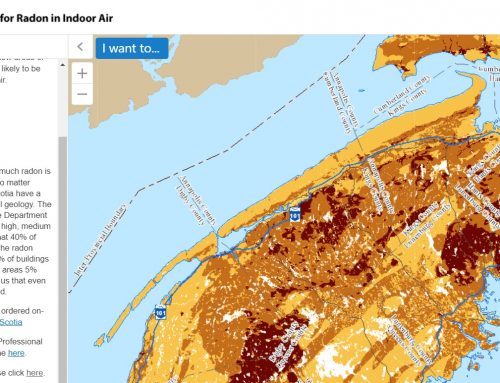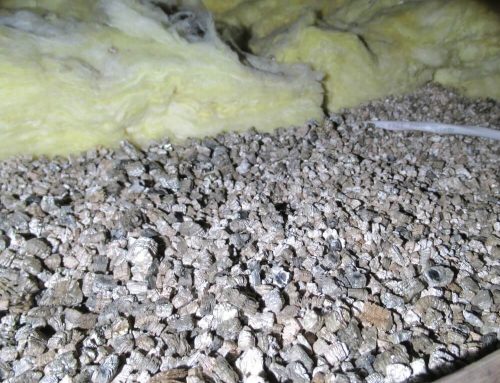Smoke Detectors
Smoke kills; protect your family
Most fires occur at night when people are sound asleep. The dangerous combustion gases and smoke can alter your senses which can make you unaware that there is a fire happening. Important fact: most deaths from a house fire are a result of smoke, not flames. Smoke detectors will alert you to a possible fire before any of your other senses perceive it and will better your chances of getting out of your home.
With the recent spate of devastating house fires that have claimed lives I urge you to make sure you have them installed and that they are working properly.

What types are there?
Ionization. These work by monitoring electrically charged particles (ions) in the air. When smoke enters the chamber of an ionizing smoke alarm they obstruct the flow of the electrical current and the alarm is activated. These types of alarms are first to react to fast flaming fires – these fires consume combustibles quickly, spread quickly, produce a lot of heat and generate little smoke. A good place for ionization smoke detectors are in rooms with lots of combustible materials like kitchens or garages (where you might be storing paint cans, etc).
Photoelectric. These alarms work by sending a light beam through a chamber inside the unit. When smoke hits this beam it scatters the light causing the alarm to activate. There alarms are better at first detecting slow, smoldering fires with lots of smoke. They are suitable for bedrooms, living rooms and kitchens as well. Any room that contains furniture, wood, mattresses, etc, will burn more slowly and significant smoke.
Tip: If you have a smoke detector in the kitchen that seems very sensitive and is nuisance tripping frequently then you likely have an ionization type installed. Switch this out for a photoelectric for a quieter, more peaceful cooking experience.
Tip: It is a good idea to have a mixture of both types throughout the home – for obvious reasons.
Where do they go?
They should be on every floor of the home, including the basement. There should be one outside each bedroom, at minimum. For better protection you should have one inside each bedroom – partly because it is recommended to sleep with your door closed to slow the spread of fire.
It doesn’t stop there. For maximum protection they should be in the kitchen, attic, garage, utility room, furnace room, and dining room.
Where do they go Exactly?
Wall mounted smoke detectors should be between 4-12 inches from the ceiling. Ceiling mounted types should be at least 4 inches away from a wall. Install them at stairways where smoke would go to reach an upper floor. Just try to think how smoke would travel and place a detector in its potential path. Do not put them near windows, doors or registers – the additional air movement could affect its sensitivity.
Maintenance
Smoke detectors can’t save your life if they aren’t working. Test them regularly! A good rule of thumb is to replace the batteries every time you adjust your clocks at solstice time – twice per year. Most newer smoke detectors will state on the unit itself when it should be replaced. But, if it looks old just replace it. If it is a yellowish colour just replace it. Why take the chance?
Tip: Never ever paint a smoke detector.
Tip: Gently vacuum the detectors every month or so to get the dust and cobwebs out (these can affect its sensitivity).
Good to know
Have an emergency escape plan ready for your family. Go over this plan with every member of the household present from time to time. It’s the kind of thing you should do but hope you never need – just like home insurance.



